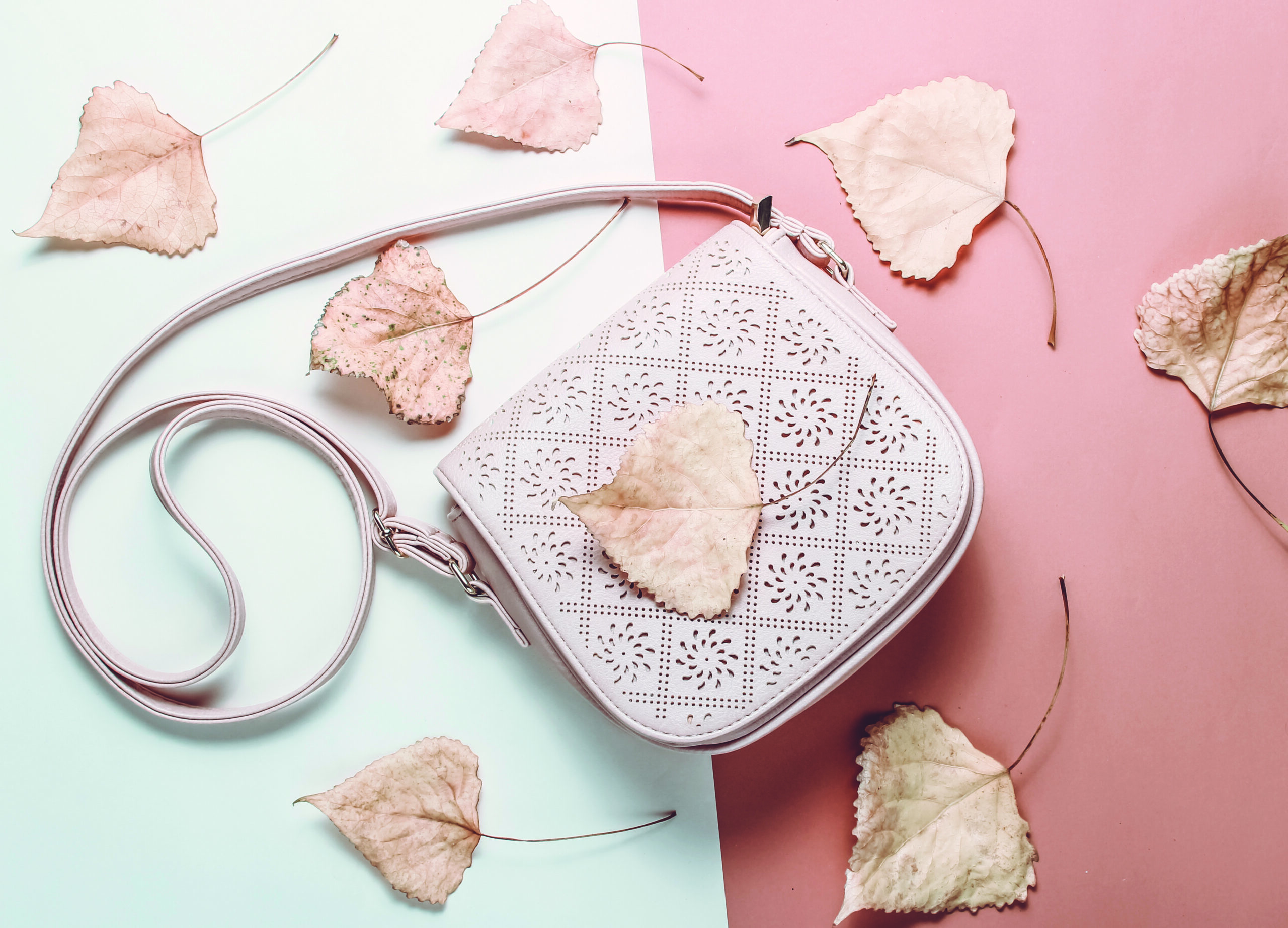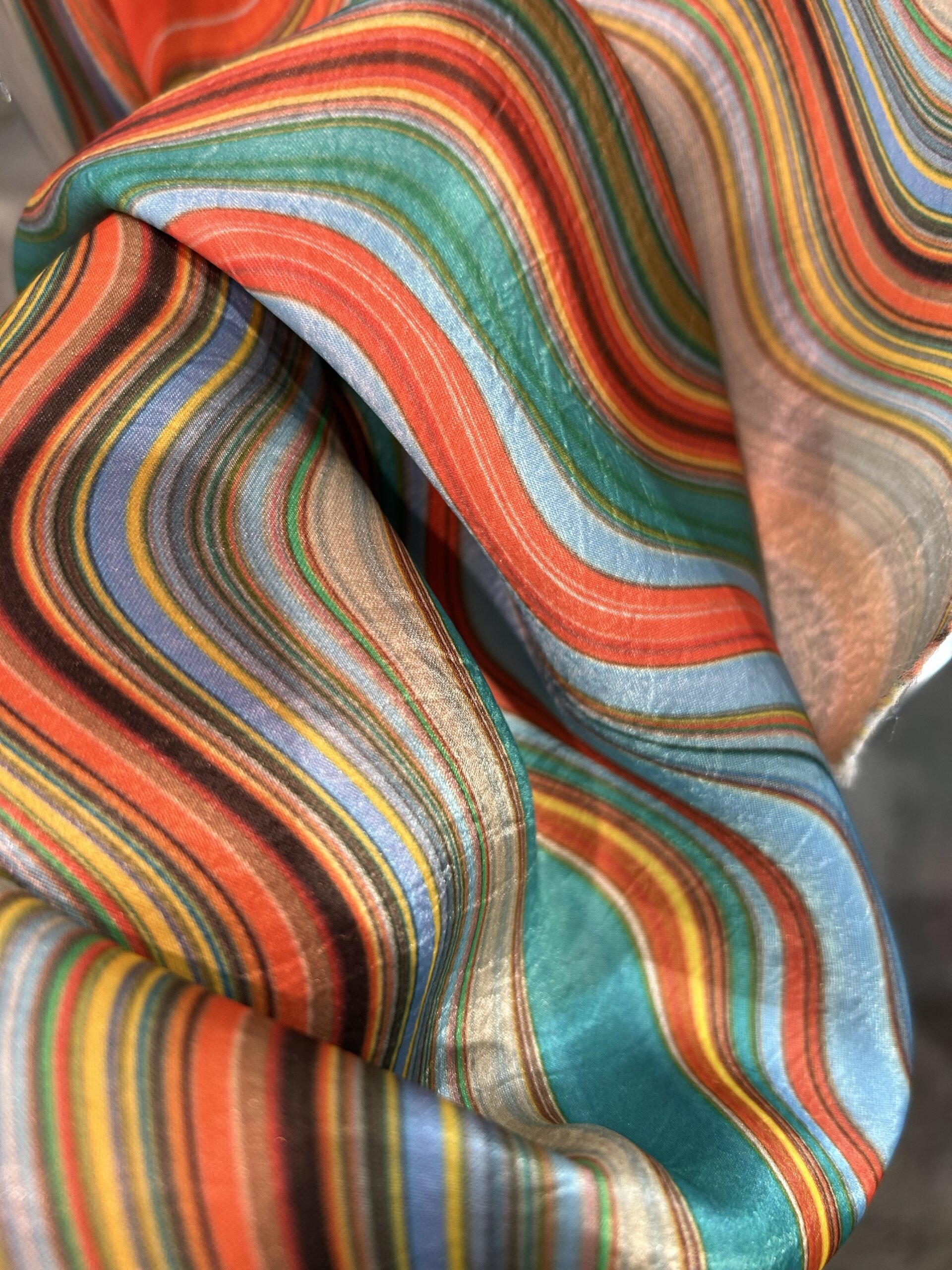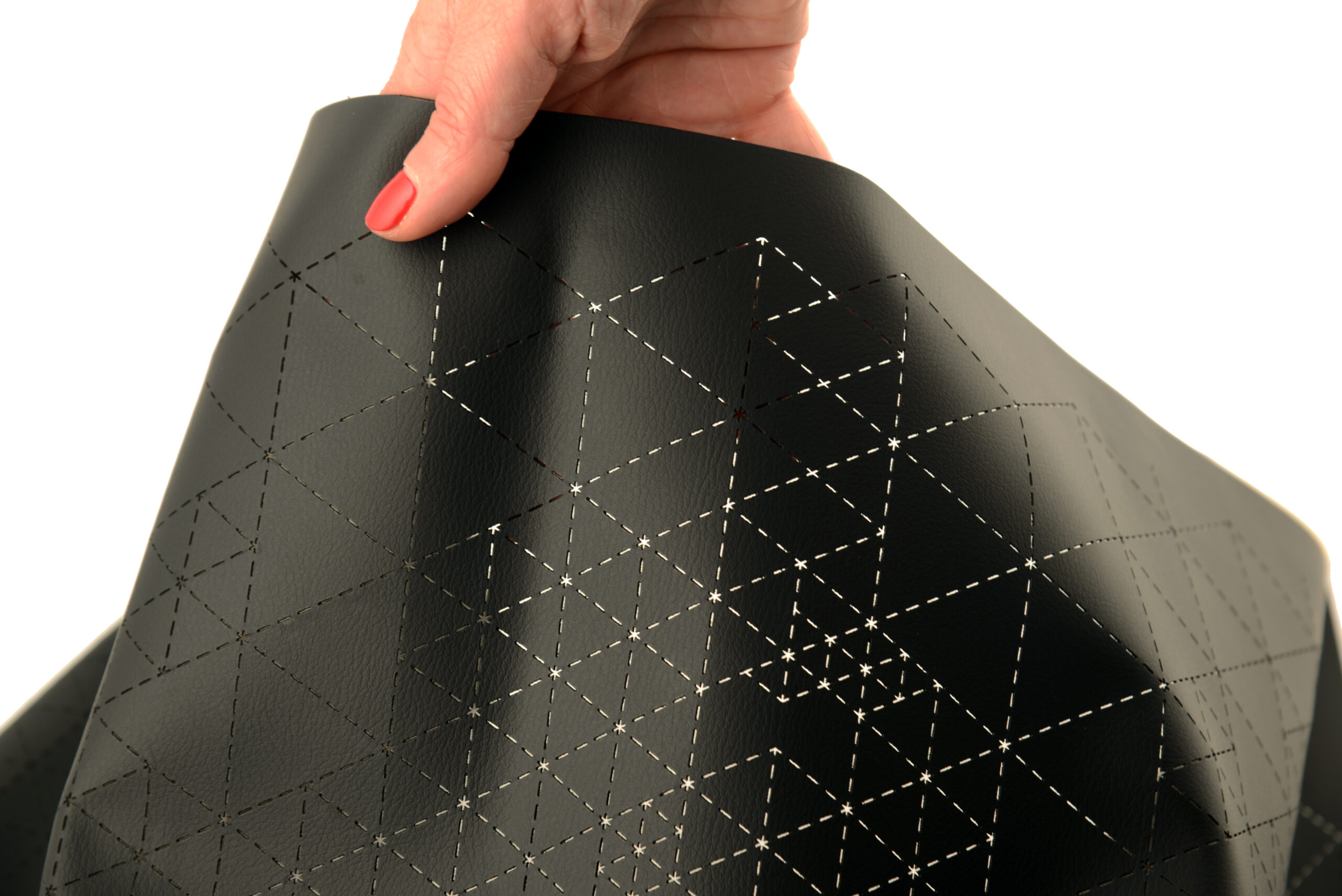Working with substrates outside of the normal range of materials can be difficult. Thick and tough substrates, as well as delicate ones, are some of the most challenging.
When you think of printing, your mind may go straight toward the most common media, like paper, vinyl, and films. However, wide-format printers often tackle a wider range of textile applications, such as upholstery and apparel.
While every substrate type has its own challenges, fabrics that are particularly thin and delicate or tough and thick surely complicate matters.
Working With Thin and Thick Substrates
Thick and tough media can be printed on a variety of machines. Take leather as an example.

“When you print on leather on a flatbed machine, it’s relatively easy because you’re laying it flat, it doesn’t move, you can tape it down, you’ve got suction — relatively simple to do,” explains Jay Roberts, product manager for UV printers at Irvine, California-based Roland DGA. Roll-to-roll machines can also be used. “More typically we are seeing customers printing on vegan leather than actual leathers because being on rolls is more productive.”
Roberts adds that flatbed printers are ideal for printing on products that are prefabricated — a purse or hat, for instance — as well as those that require specific placement of graphics or that are thicker.
“On our flatbeds, we can go all the way up to 9 ½ in.,” he says. “That’s tons of clearance, but you’re restricted to bed size.”
On the other hand, roll-to-roll machines can be used in a pre-production capacity, with fabrication happening after printing. These are limited to thinner pieces of fabric; Roberts says Roland DGA’s roll-to-rolls have a 1-mm. clearance.
According to Hitoshi Ujiie, director of the Master of Science in Surface Imaging program at Thomas Jefferson University in Philadelphia, Pennsylvania, the same applies to delicate fabrics like lace. For instance, delicate fabrics may be a bit thicker than a typical roll-to-roll can handle, so would be better off on a flatbed printer.
Looking closer at print technology, Roberts says UV inks are great for printing on leather.

“The material itself typically does not have a coating so that it can be received by a solvent or an eco-solvent machine,” he says. “So, UV, which prints directly onto the object, is the easiest method of printing to these types of products because it prints on the surface, it’s cured by UV lamps.”
In terms of finishing, Steve Leibin, president of West Hartford, Connecticut-based Matik, says that different techniques are suited for different applications.
“It depends on the need. If it was a long-run job, that’s where steel tooling or magnetic dies or platen dies have an advantage, because they can run for a long time and their cost is divided over many, many pieces,” he explains. For shorter runs, which are frequent when working with materials like leather, laser finishing can save time and money.
Additionally, Leibin says laser cutting is ideal for complex and unique applications.
“We can do much more detailed work with the laser than you will with any type of hard tooling,” he says. “If they want to get into very intricate designs or very unique designs on each individual item or multiple items, the laser can do it very well.”
Printing and Finishing Challenges
When using a roll-to-roll printer with thick media, Roberts notes that the greatest obstacle is making sure the material doesn’t bunch up as it is fed through the machine.
“You have to be able to really control what we call our pinch roller system on the platen … so that it’s productive,” he explains, “so that we are really using a good takeup system to keep the material taut, and to keep the pinch rollers and the material flat. There’s a combination of that and the vacuum settings, head height, the feed calibrations; [it] becomes more technical, everything kind of working in synchronicity, because there’s a little bit of moving parts with that thick material rather than just putting on some vinyl and it’s ‘easy to do.’”
Once the material is started through the roll-to-roll printer, Roberts says it likely won’t bunch up throughout the rest of the process. He cautions, however, that you’ll still have to monitor the printer while it’s running in case the material shifts — “because it’s thick material, it’s not forgiving,” he says.
Ujiie explains that when you’re working with delicate fabrics, the challenges you’ll encounter depend on the type of printer you use.
“If you don’t have an adhesive belt type printer, and you have to do the tension control [with] roll-to-roll, maybe you could paperback it,” Ujiie says.
This is part of what Ujiie calls “crafted control.”
“The operator knows the ins and outs of the printer,” he says. “It depends upon the operator how you’re going to modify it, in terms of the use of the software or the RIP to change the print environment, the resolution, speed or pass. … That’s very, very important, and that’s something that is very hard to teach.”

When it comes to finishing, it’s crucial to adjust equipment to accommodate the thickness of your substrate.
“Specifically with laser cutting and finishing with lasers, adjusting the power to the thickness of the material and the type of material … is quite simple, but just needs to be something that’s done in advance,” Leibin says. “You memorize it for that material, and then it can be recalled quickly and easily.”
He cautions that were you not to do this, you’d end up with a damaged or poorly finished product. If you didn’t lower the power level when laser cutting delicate fabrics, you would risk burning the material, causing discoloration. On the other hand, not increasing the power level for thicker media would give you an imprecise and unclean cut.
Other Considerations
As Ujiie mentioned previously, crafted control certainly plays into the settings for your printing equipment when working with delicate materials. He adds that you may have different standards for different substrates.
He offers this example: “This is very, very sheer fabric, maybe you don’t need to have such high resolution, and maybe you can drop the resolution … those are the controls that only a crafted person can do. That’s the craft we need to embrace.”
With leather specifically, it’s important to note that individual pieces of natural leather — as opposed to faux leather — vary from piece to piece in a few ways.
“Actual real leather that comes off a cow is never flat, it’s never straight, it’s never in one roll,” Roberts says. “If someone says, ‘Oh, I got a roll of leather.’ I’m like, ‘No, really, you don’t. That’s not how cows produce leather.’”
The inconsistencies with natural leather don’t stop there. Leibin adds that the thickness can be slightly different from piece to piece, but not usually enough that you’d have to change the settings on your laser cutter, for example.
Natural leather can also have imperfections or marks that are unwanted for a particular product.
“We use layout software to layout and cut … around the imperfections on the leather, so we’re not getting a brown spot in the middle of whatever object we’re cutting,” Leibin says. “Whether it’s a name tag for a hat or leather for shoe pieces, or whatever, typically, customers want it to be the same exact color throughout the piece. So, you have to look for those imperfections, and we have software that will do that.”
Finally, because these thick and delicate media are often part of a multi-piece product, such as a bag or a baseball, it’s crucial to understand what the final product should look like, Roberts emphasizes.
“Your printing skills will inherently become better or sharper because you’re thinking about the entire process, versus only thinking about printing,” he says.


